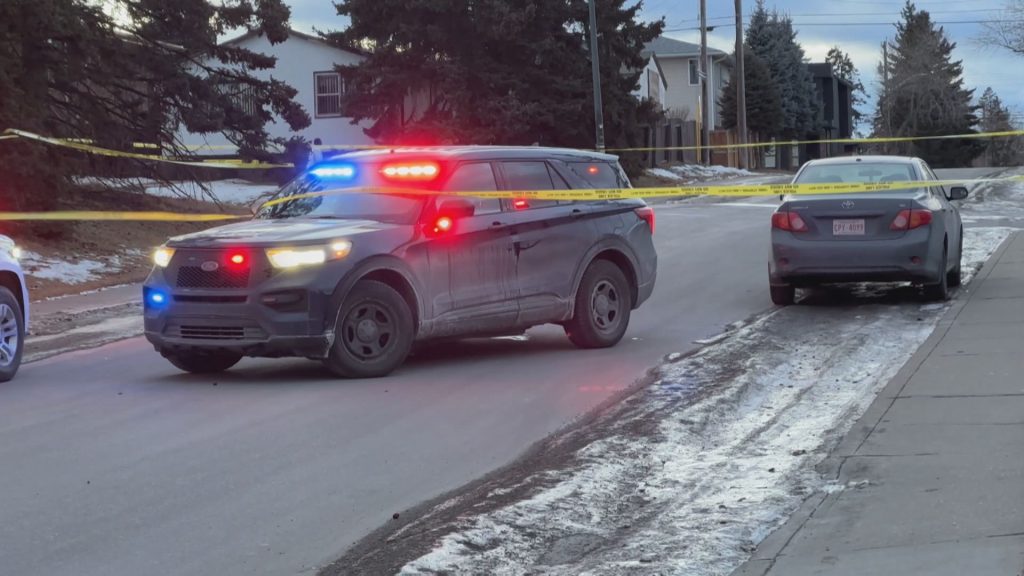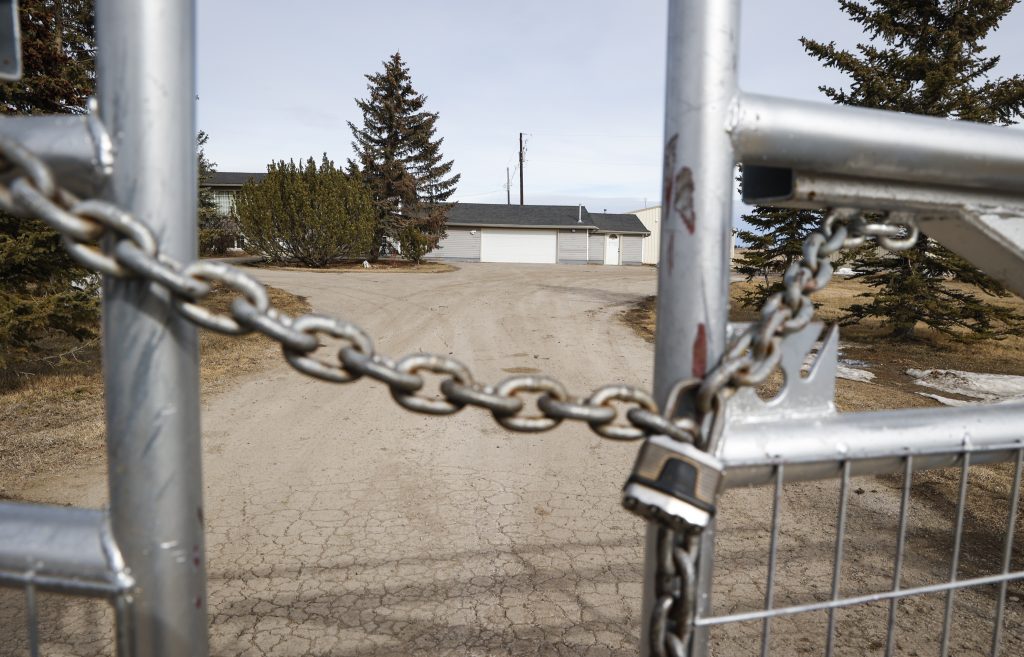Different COVID-19 measures for different regions can be confusing–but would something different work better?
Posted Apr 1, 2021 4:33 pm.
Last Updated Apr 1, 2021 11:06 pm.
CALGARY – Provinces are announcing different COVID-19 restrictions and sometimes, there are even different regional restrictions within provinces–it can all be a bit confusing, but it’s unlikely to change.
Canada is into its third wave of the pandemic and as in previous waves, some wonder if there are better ways to mitigate the spread of the virus and its variants.
“We’ve seen very effective measures used in lots of countries where they’ve managed to shut this down quite effectively and had nowhere near the infection rate or the death rate we’ve had in Canada,” said political scientist Lori Williams.
Countries where we’ve seen that, like Australia, have top-down, federally lead healthcare systems. But in Canada, creating a plan for navigating the pandemic has largely been left up to the provinces.
“It would have been difficult to take a nationalistic approach given the federal government doesn’t have a hand in those health delivery, public health issues, that are being managed and delivered locally,” said Lorian Hardcastle, an associate professor at the University of Calgary’s Faculty of Law/Cumming School of Medicine.
As a result, not only do we see provinces like B.C. do something different from Alberta and Manitoba, but some provinces like Ontario and Quebec have different regional lockdowns too, which can lead to more confusion. But, those approaches also have their advantages.
“If you have a large province like Ontario and you have a large segment of the province where there are no cases of COVID or very limited cases, there’s an argument to be made that maybe lockdowns are [not] necessary in those regions,” said Hardcastle.
However, that falls flat if there is no control on travel, something East Coasters are very aware of.
The Atlantic Bubble saw a more homogenous approach.
“The difference in Atlantic Canada is it’s a lot easier to shut down borders than it is in other parts of Canada. And I just think the culture to some degree is different. There’s a willingness to become more insular to protect those within that regional bubble in a way that just wasn’t flying in other provinces,” said Williams.
But unless there are sweeping constitutional changes that strip healthcare powers from the provinces, the power is in the hands of premiers.








